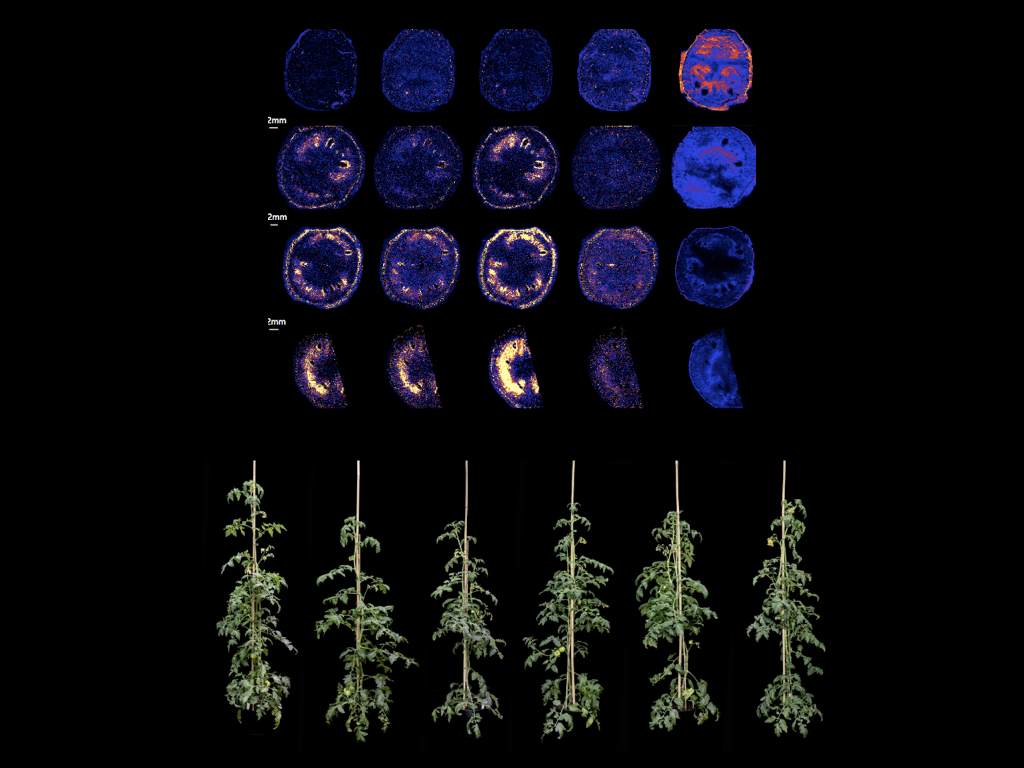A potential alternative source of vitamin D, which may ensure an adequate intake of this element, comes from a new line of “bio-fortified” tomatoes developed by researchers at the Institute of Sciences of Food Production of the National Research Council (CNR- ISPA) in collaboration with Professor Cathie Martin from the John Innes Centre, United Kingdom. These are the findings of a study published in the prestigious international journal Nature Plants.
The innovative dietary solution aims to address vitamin D insufficiency. Estimates report that approximately 40% of Europeans, 26% of Americans and 20% of Asians have vitamin D insufficiency.
The tomatoes produced by the researchers were shown to be able to accumulate provitamin D3, the precursor of Vitamin D, at all ripening stages.

“The daily intake of this very important vitamin is mainly from foods of animal origin such as milk, eggs, cod liver oil and salmon,” explained Angelo Santino, CNR-ISPA. “Foods of plant origin do not contain any, except for some mushrooms that can produce provitamin D2, which is, however, less active than provitamin D3. The conversion of provitamin D2 or D3 to vitamin D occurs through skin’s exposure to UV radiation, but over-exposure to UV can involve serious risks and even lead to skin cancer. In addition, elderly people often have low levels of absorption and translocation of provitamin D3/D2 at the epidermal level.”
The new bio-fortified tomatoes could therefore be a valuable source of vitamin D.
“From the calculations made, it appears that the consumption of a couple of fresh tomatoes a day from this new line could largely meet the recommended daily intake of vitamin D,” continued Aurelia Scarano, CNR-ISPA, who explained how the researchers were able to develop the innovative solution: “This new tomato line was obtained using the emerging gene editing technologies that are gaining ground in many fields of science, from biomedical to the agrifood sciences. Thanks to these new technologies, and more specifically to the use of the CRISPR/Cas9 system, it was possible to introduce, in an extremely specific way, a small modification in a tomato gene, the gene that encodes the enzyme 7-dehydrocholesterol reductase 2, which is involved in the conversion of provitamin D3 to cholesterol without affecting other regions of the genome in any way. After two successive generations, plants were obtained that show only a small stable mutation and do not contain any type of transgene. Using this technology, we obtained significant amounts of provitamin D3 in the fruits of the new tomato lines. In addition, we found that UV light treatment of the tomatoes of this line can convert provitamin D3 to vitamin D, opening up new perspectives for the production of tomatoes capable of directly supplying the active vitamin.”

